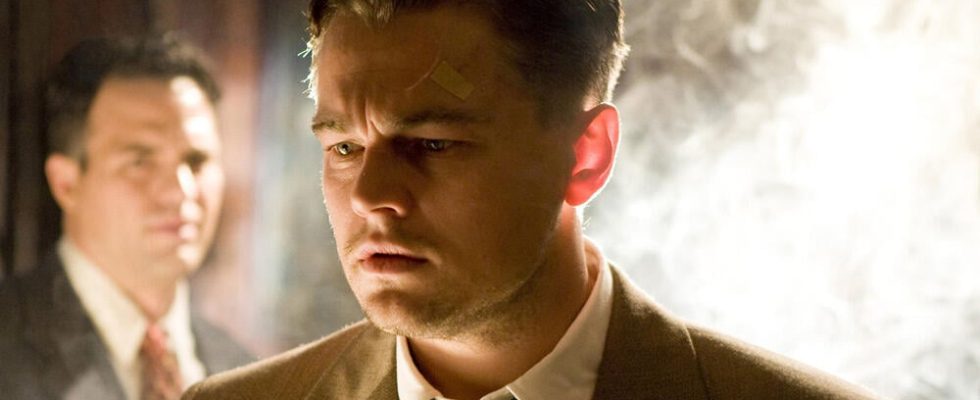In Martin Scorsese’s film adaptation of the novel Shutter Island, Leonardo DiCaprio plays a US marshal who wants to uncover the disappearance of a patient from the Ashecliffe mental hospital on the mysterious island of Shutter Island. Edward “Teddy” Daniels begins to suspect that he is on the trail of a conspiracy and becomes increasingly paranoid.
Does the head of the institution want to silence Teddy because he has uncovered too many secrets? Or is the whole thing just a game and a desperate attempt to cure a schizophrenic murderer? We try a little Shed light on the twists and revelations at the end of Shutter Island bring to.
Shutter Island’s Plot Twist Explained: Who is Andrew Laeddis?
During his investigation into the events on Shutter Island, Teddy Daniels (Leonardo DiCaprio) uncovers the dark machinations of the clinic management – including secret Nazi human experiments. A mysterious 67th patient of the institution should be treated there in secret. Teddy suspects that the patient is Andrew Laeddis. He used to be the caretaker in Daniel’s house.
Concorde
The final scene of Shutter Island
In a major plot twist, Teddy Daniels’ partner Chuck Aule (Mark Ruffalo) reveals himself to be the institution’s psychiatrist. Now under the name Dr. Sheehan explains together with the chief physician Dr. Crawley (Ben Kingsley): Teddy is actually Andrew Laeddis. He is responsible for the murder of his wife, who killed their children.
His dissociative personality disorder was supposed to be cured with a large-scale role play. While the question is initially raised as to whether Teddy Daniels is actually being experimented on and whether he is simply being convinced that he is crazy, it soon becomes clear that he is actually Andrew Laeddis.
He repressed the memories of the loss of his family and gave in to delusions of a new personality. He is said to have been treated like this several times, and each time, after initial clarity, Andrew fell back into his delusion. This role play was a final attempt to heal him.
Dr. Crawley makes it clear to Andrew that if Andrew relapses again, a lobotomy is the last resort. But the very next day, Andrew seems to have repressed his memories again and taken on Teddy’s personality. After a final conversation with his “partner”, Andrew/Teddy is seen under the eyes of a saddened Dr. Crawley sent on his way to a lobotomy.
Healed or not cured: How should we understand the ending of Shutter Island?
In the end, all the fuss and role-playing seems to have been of no use. Andrew couldn’t be cured and ends up being lobotomized. But in the last conversation with Dr. Sheehan/Aule mutters a sentence under his breath an even more shocking interpretation.
What would be worse: living like a monster or dying a good man?
This little sentence suggests that Andrew was indeed healed. But the realization that he killed his wife and lost his children leads him to pretend that he has a more clever therapy. The lobotomy becomes a kind of self-punishment. The guilt is too much for Andrewto continue living with the burden of this truth. Or are these just the whispered words of a mentally ill person?
This sentence does not appear in the novel by author Dennis Lehane, and Andrew actually ended up relapsing again. This suggests that the film version added an even more tragic ending for the main character. Because director Martin Scorsese leaves nothing to chance in his film.
There are many hidden clues even before the end. Shutter Island is a big mystery that reveals new clues and allusions with every sighting. Because if you pay attention and look closely, you will find a number of clues early on that indicate that Teddy Daniels is actually Andrew Laeddis.
For example, in his first scene, Teddy Daniels looks into a mirror. This can be seen in cinematic imagery as: Indication of a split personality be interpreted. In addition, Teddy’s face is divided into two halves due to the lighting.
In light of the big reveal, many of the strange encounters and behavior of other characters seem a little clearer in retrospect. By the way, the name Edward Daniels, as shown on a board in the film, is an anagram for Andrew Laeddis.
